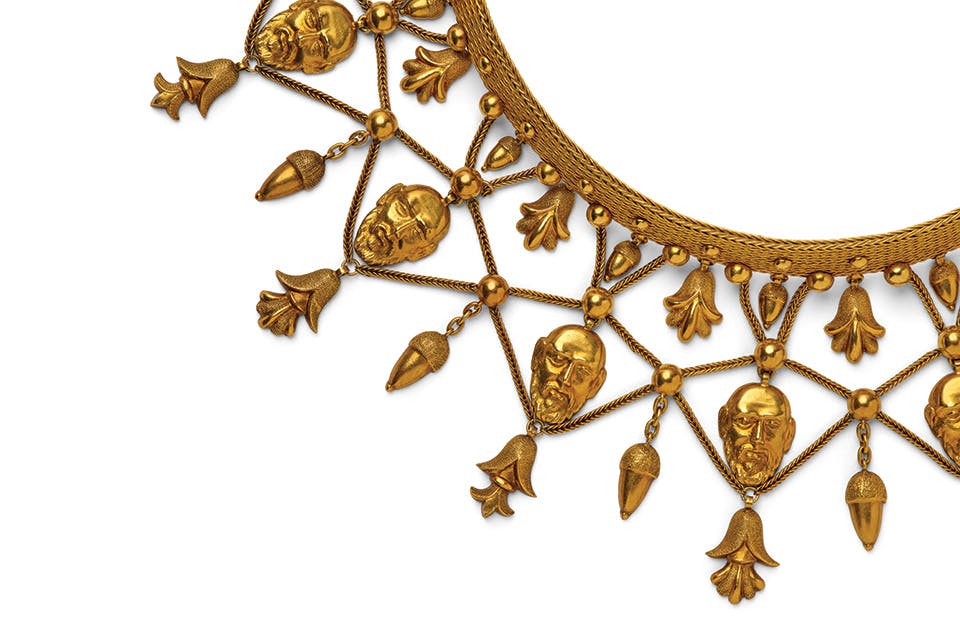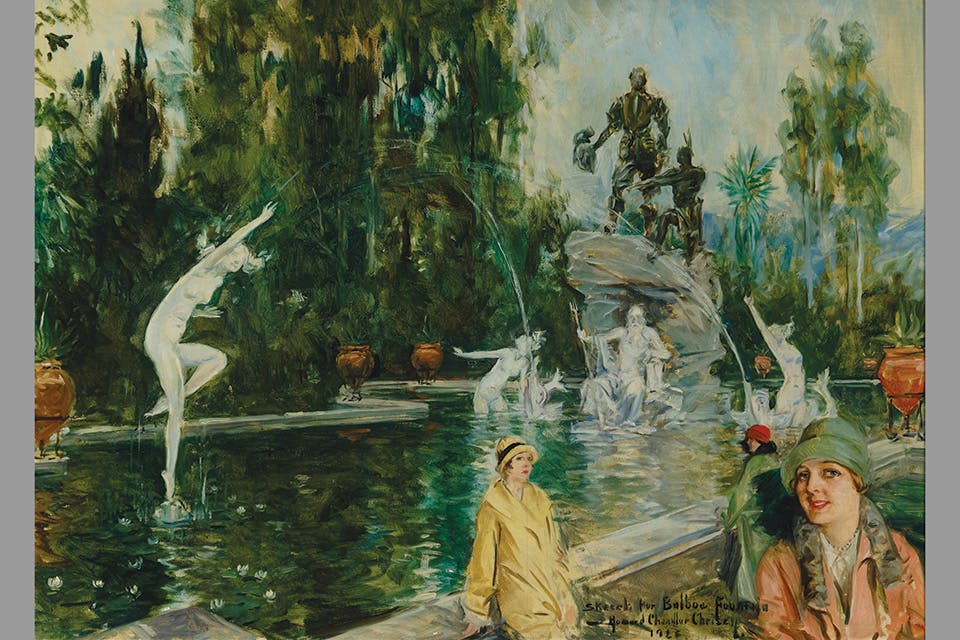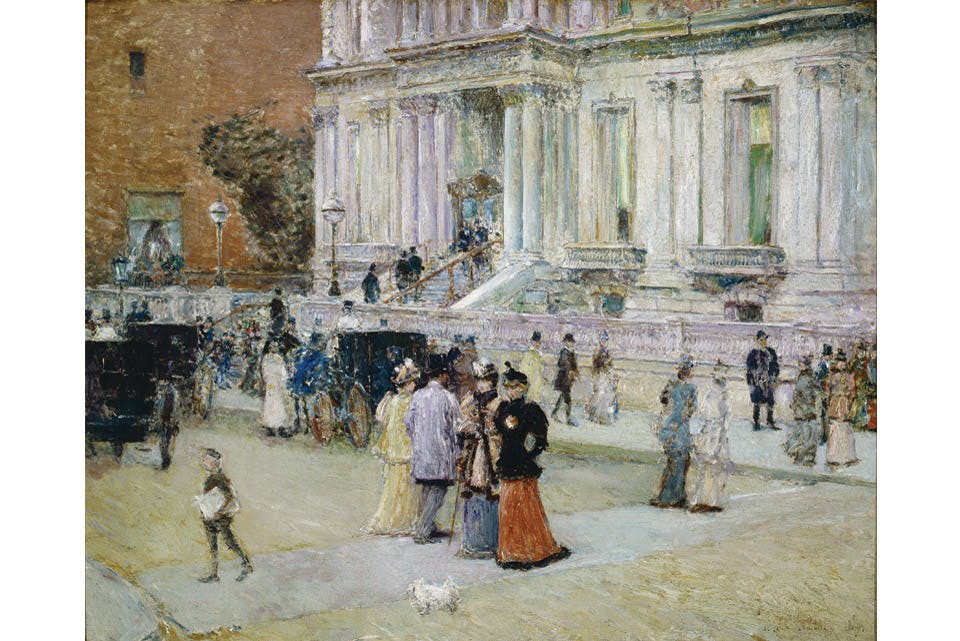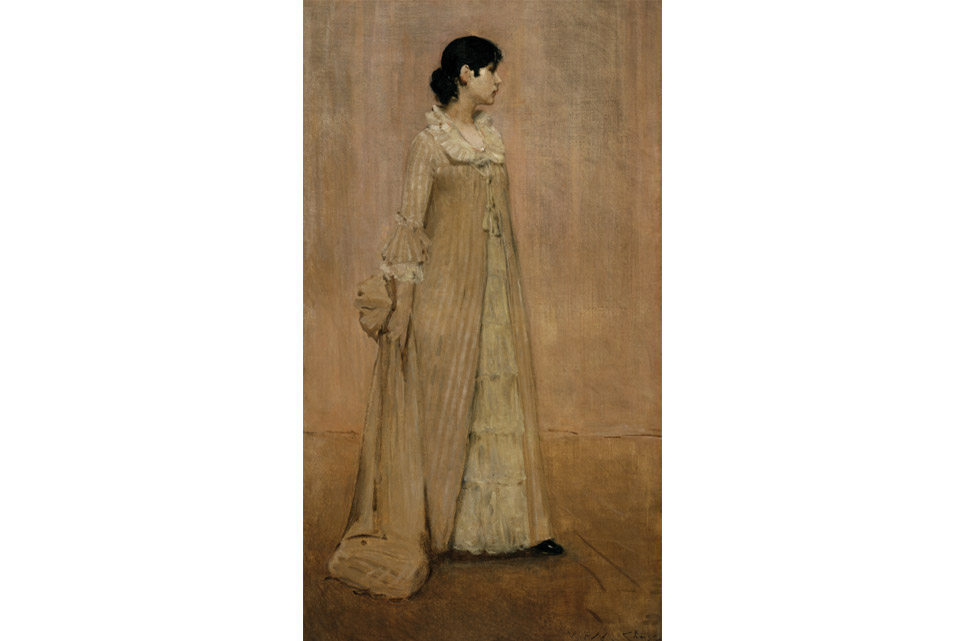Arts
East Meets West
The Taft Museum of Art examines how artists captured westward expansion and the maturing of a young nation.
Related Articles

See ‘The Triumph of Nature: Art Nouveau from the Chrysler Museum’ at the Dayton Art Institute
This exhibition, which runs through Jan. 11, showcases more than 120 works that explore our connection with nature. READ MORE >>

See ‘Radiance and Reverie: Jewels from the Collection of Neil Lane’ in Toledo
This exhibition at the Toledo Museum of Art traces a century of jewelry creation by legendary designers. It is on view from Oct. 18 through Jan. 18, 2026. READ MORE >>

See ‘Howard Chandler Christy: A Golden Age Master, From the Trembly Family Collection’ in Zanesville
See this Ohio artist’s portraits, landscapes and iconic Christy Girls during this exhibition at the Zanesville Museum of Art, running Oct. 23 through Jan. 10, 2026. READ MORE >>




